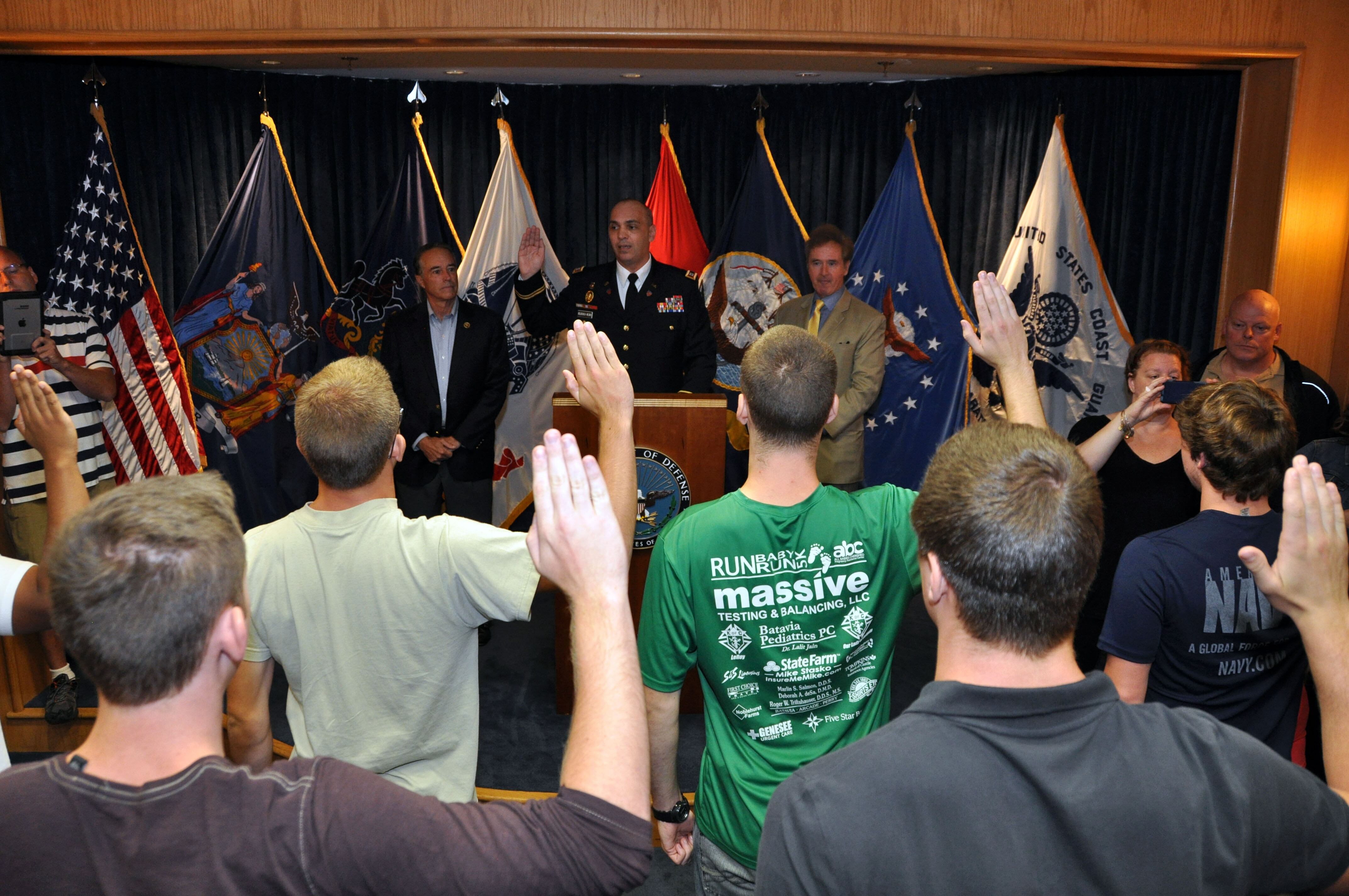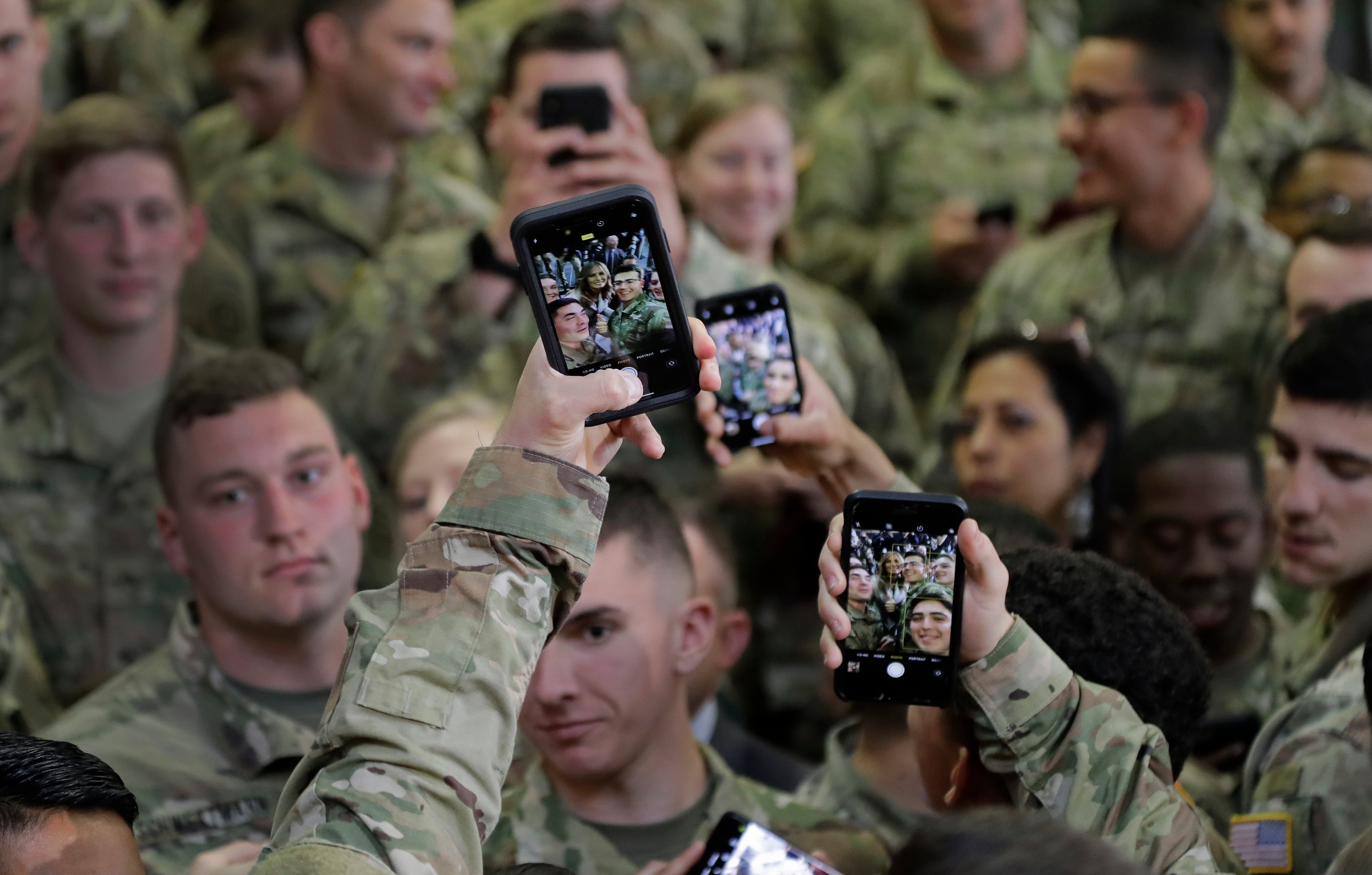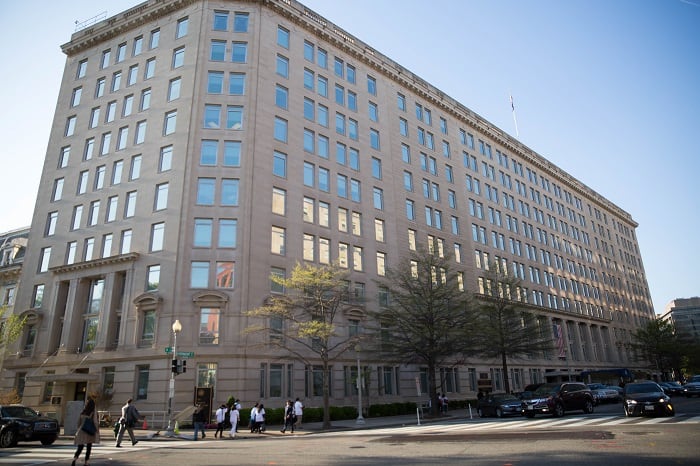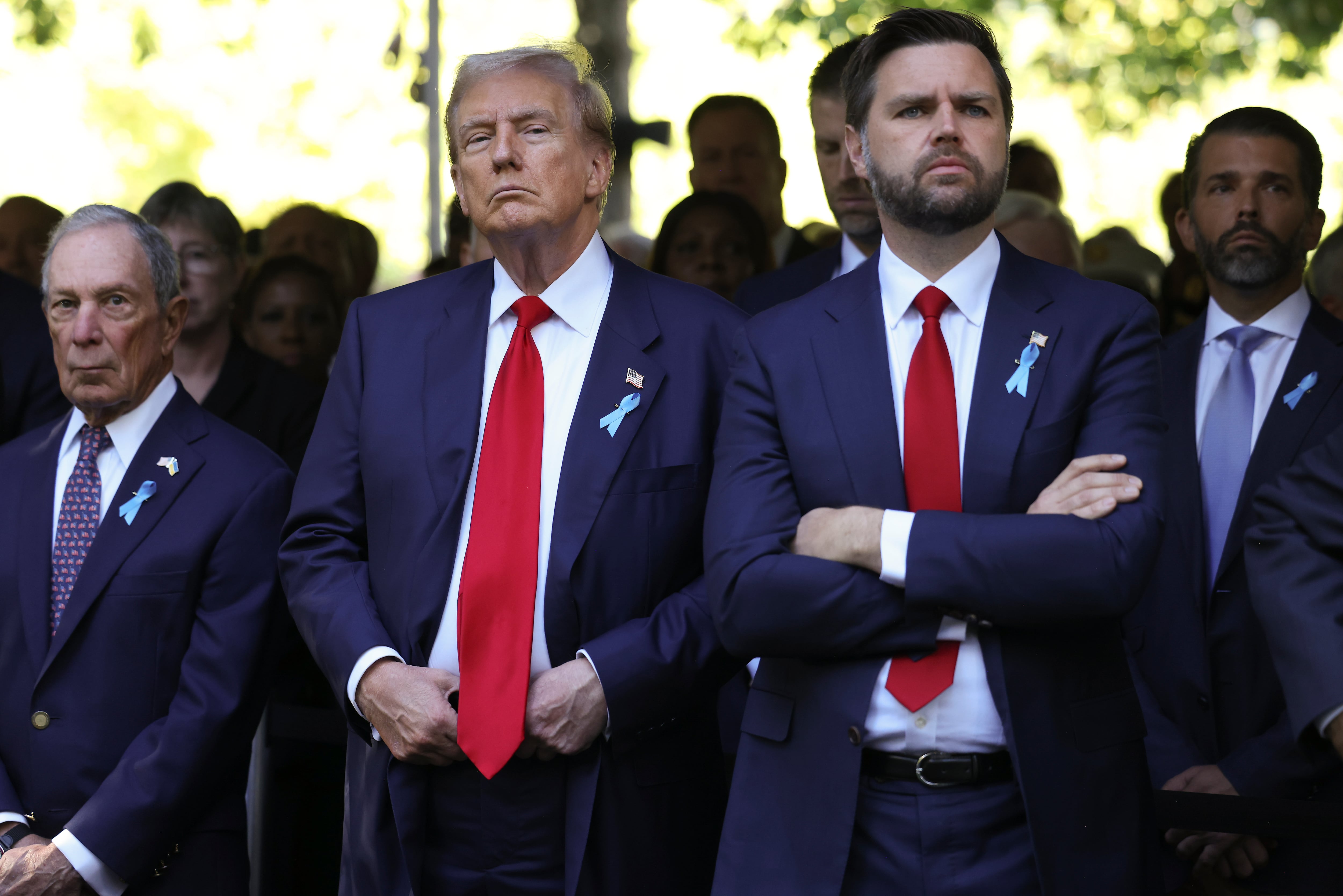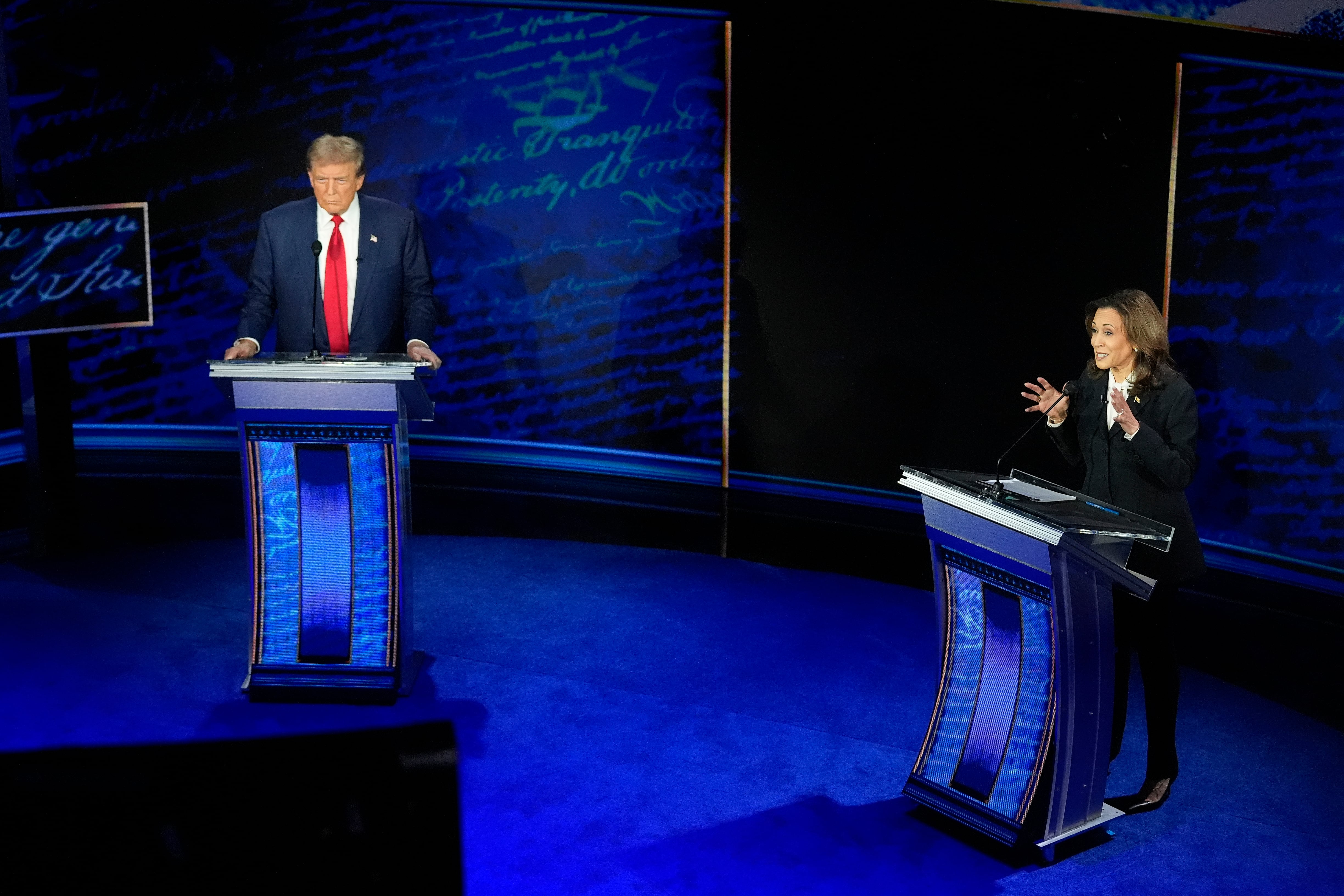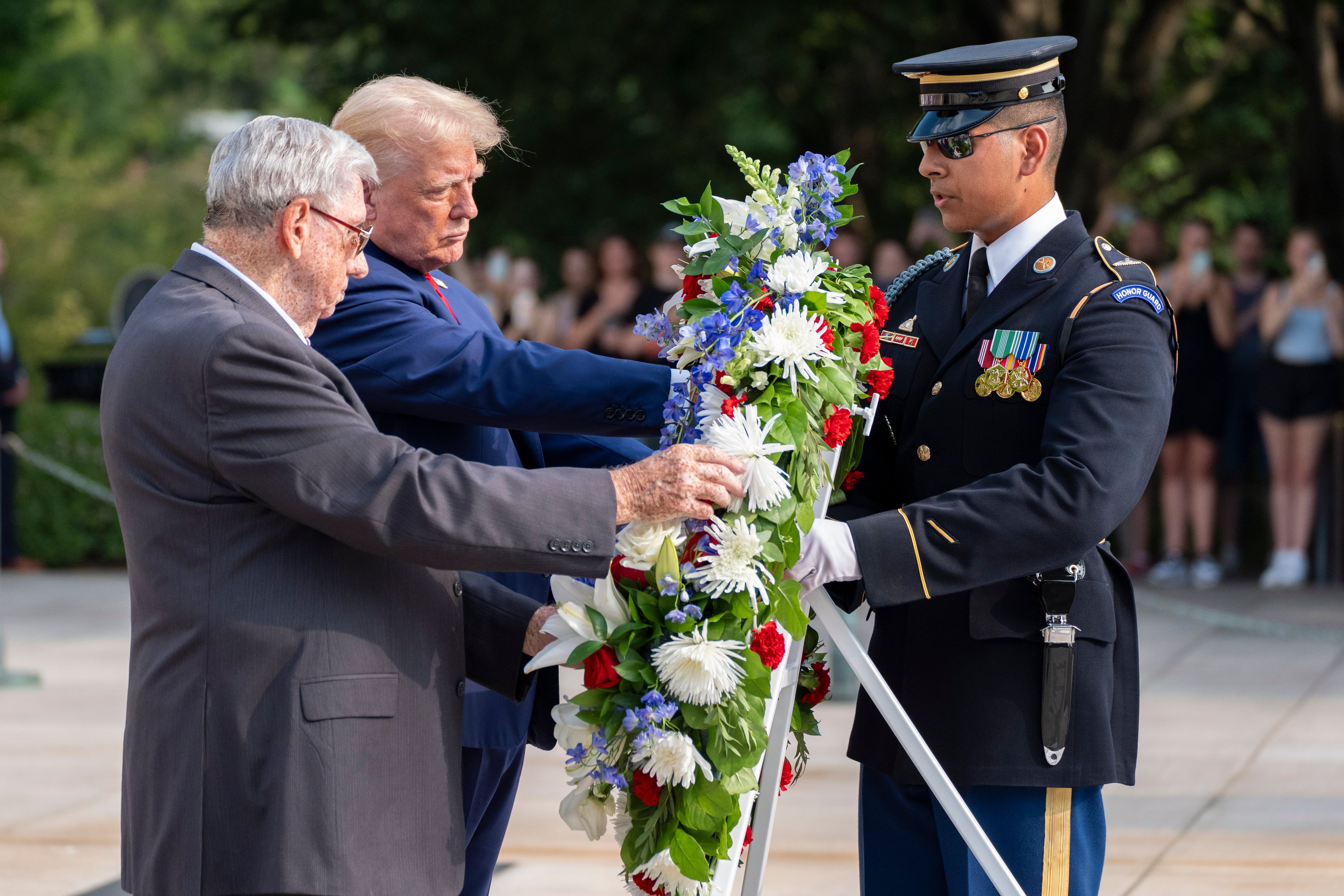As threats continue to emerge in the Pacific theater, the commander of Pacific Air Forces is doubling down on relationships with allies and strengthening PACAF airmen through innovation and training.
Since taking command in July 2016, Gen. Terrence O’Shaughnessy said he has focused on five priorities: the readiness of his forward-deployed force; the capability and capacity to win; joint air power across the Pacific; war-fighting resiliency, and the airmen/families within PACAF.
Air Force Times spoke with O’Shaughnessy this month to discuss how PACAF is adapting to current threats and what airmen can expect in the future.
Q. What are your priorities for the upcoming year?
A. It’s certainly been an interesting time. I’ve been in command now just over a year and watching the team mature of thinking and increase our capability as a theater has changed. It’s been fascinating to be a part of. … There’s been an amazing amount of activity within the theater. What we find is the priorities that we set are actually still the foundation now for way ahead. So, as we look at the priorities, they really remain relevant. Now, we have the ability to refine and mature them.
Q. With everything happening on the Korean Peninsula, how does that affect airmen within PACAF?
A. Clearly, over the last year, we’ve seen a lot of different activity coming from North Korea that’s driven us closer to our South Korean allies and our Japanese allies.
We continue to exercise closely with them and continue to train with them and, really, even advance the complexity of the training that we’re doing with our allies and our partners.
Q. You recently visited Japan to reassure them about their alliance with the United States. How did that go?
A. Very well. I just happened to be in Singapore at the time and was able to go to Japan. We have a lot that we do together. We do a lot of ballistic missile defense that we run here and then a command center in Yokota.
So, making sure that we were tied together and that we were able to integrate our assets together, as well as reassure them that we are here with them, as a missile had just literally flown over Japan.

Q. Do you see anything changing, with different kinds of exercises or more training, when it comes to being ready to face these threats?
A. I think it gives us that sharper focus for the training that we need to do. So, whether it be the Red Flag-Alaska scenarios that we’re running, we’re running very specific scenarios that will prepare us for any fight that we might have, for example, in North Korea.
Q. Does the command have enough airmen?
A. Our Air Force is certainly too small for the missions demanded of it, I think we’re a microcosm of that out here in the Pacific.
We have a vastly increased operational tempo. It’s ever increasing. So, the demand on our airmen is significant.
We’re doing everything we can to temper the operational tempo to make sure that every training event we do, we’re getting the maximum value out of it that we can. We’re trying to give what we call “white space,” or time back to our airmen, so that they have time at home.
Q. How has the command had to adapt to different threats or challenges?
A. We’re refining … how we’re thinking, and making sure that everything we do is relevant to the fight today and the fight tomorrow. We have to continue to work on our readiness and continue to advance our capabilities.
What we’re finding is our potential adversaries have watched us over the years and watched us build up a force and then deploy that force quite effectively.
When you go back to Desert Storm for current operations in [U.S. Central Command] right now, you see a common theme is our ability to build that force and then execute.
So, we need to maintain that same capability out here the Pacific, even though we have a growing capability with some of our peer or near-peer threats.
So, as a combat employment, it gives us the ability to keep that forward-based force, keep that forward force that can provide you that immediate response but at the same time increase our resiliency to ensure our air superiority, provide our situational awareness with our ISR, and, ultimately, allow us to operate ... during times of not just peace but also in conflict.
Charlsy is a Reporter and Engagement Manager for Military Times. Email her at cpanzino@militarytimes.com.


